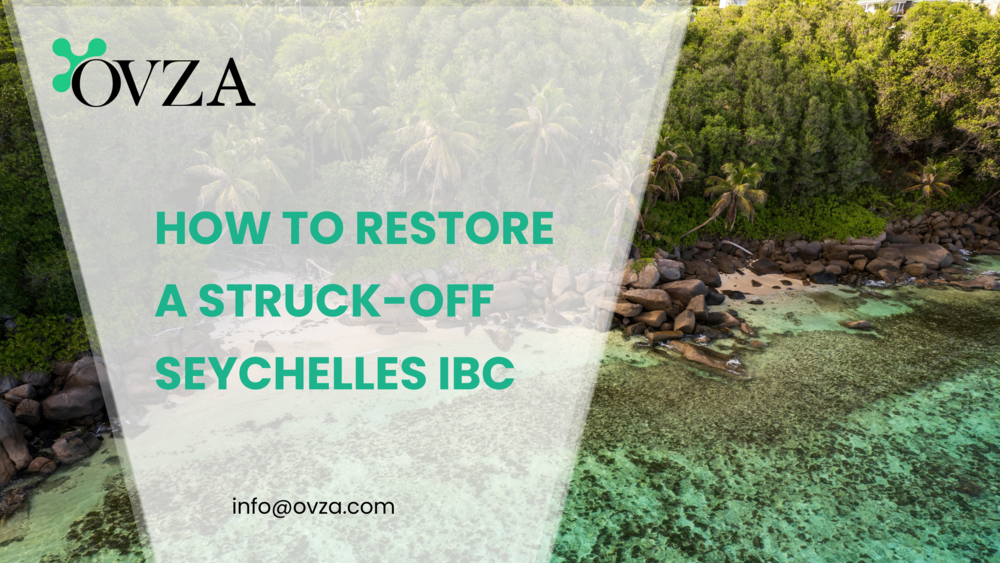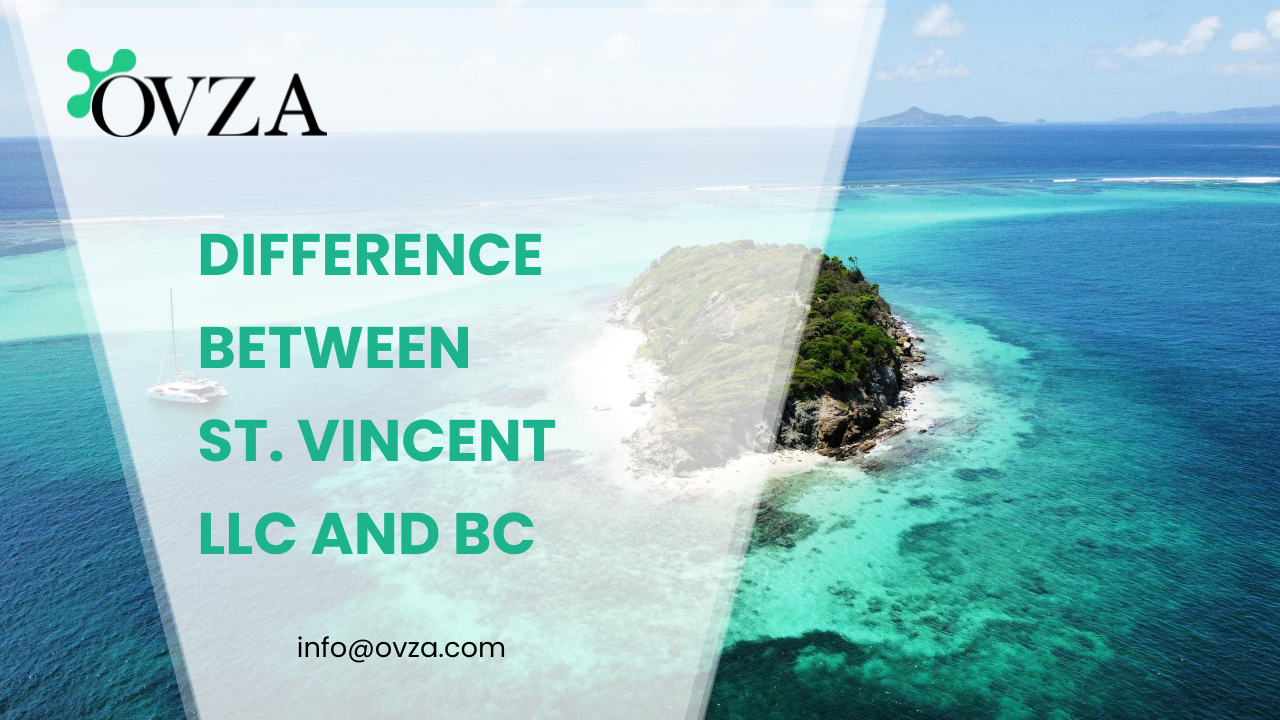When managing offshore or international finances, many ask what is the difference between a bank and an EMI and how each one fits their business needs.
In the modern financial landscape, especially when dealing with offshore companies or online businesses, the terms “bank” and “EMI” (Electronic Money Institution) often come up side by side. While both offer financial accounts and international payment options, they operate under very different rules and offer different levels of protection for client funds. Understanding these differences is crucial before opening an account or moving large sums of money internationally.
What is an EMI?
An EMI is a type of licensed financial service provider that can issue electronic money, provide payment accounts, and facilitate transfers — but cannot operate like a full traditional bank. EMIs offer services such as multi-currency accounts, IBANs, debit cards, and access to networks like SEPA and SWIFT, making them look very similar to banks from the client’s perspective.
However, the key distinction lies in regulation. EMIs are authorized under specialized electronic money laws, not banking laws. They are required to safeguard client funds by keeping them in separate accounts — often referred to as “safeguarding accounts” — but they are not allowed to lend money from client deposits or invest client funds in risky assets. Importantly, balances held with an EMI are not protected by government deposit insurance schemes like FDIC (in the U.S.) or FSCS (in the U.K.).
In practice, this means that if an EMI fails, clients depend on the proper safeguarding of funds rather than a government guarantee for recovery. Many reputable EMIs are financially strong and well-regulated, particularly in the European Union and the United Kingdom, but the absence of formal deposit insurance is a risk that users must be aware of.
EMIs have become popular because they often offer faster onboarding, more flexible international services, and lower fees compared to traditional banks. For offshore companies, startups, and digital entrepreneurs, EMIs present an attractive option to manage global payments without the heavy documentation and delays that often come with opening a traditional offshore bank account.
How a Bank Differs from an EMI
When comparing a bank to an EMI, the most important point to understand is not what a bank is in isolation, but how it functions differently from an Electronic Money Institution.
Banks are full-service financial institutions. They are licensed to accept deposits, lend money, offer investment services, and provide broad financial solutions to businesses and individuals. In contrast, EMIs are specialized institutions focused only on payment services and electronic money issuance. They cannot engage in traditional banking activities like lending or deposit taking in the true sense.
Another key distinction is client protection. Banks typically offer deposit insurance through government programs. EMIs do not; instead, they safeguard client funds in segregated accounts but without any government-backed guarantee if something goes wrong.
To better illustrate the differences, here is a side-by-side comparison:
Here’s a side-by-side comparison:
| Feature | Bank | EMI |
| License Type | Full banking license | Electronic Money Institution license |
| Ability to Hold Deposits | Yes, with deposit insurance | Yes, but no government insurance |
| Ability to Lend Money | Yes | No |
| Investment Services | Available | Not available |
| Regulation | Banking laws, strict oversight | E-money regulations, lighter oversight |
| Use Case | Full financial services | Payments and digital money services |
| Speed of Account Opening | Slower (due to heavy compliance) | Faster (streamlined onboarding) |
| Typical Client | Corporates, individuals, investors | Startups, e-commerce, global freelancers |
While both institutions are licensed and regulated, they serve fundamentally different needs. For clients setting up offshore structures or managing international operations, the choice between a bank and an EMI often comes down to what balance they need between service range, fund protection, speed, and flexibility.
Which One Should You Choose: Bank or EMI?
Choosing between a bank and an EMI depends entirely on the specific needs of your business or personal financial strategy. Each has advantages, but also limitations that are important to understand before making a decision.
If your priority is maximum security of funds, access to loans, or investment services, a traditional bank is likely the better fit. Banks offer strong regulatory protection, including government-backed deposit insurance in most jurisdictions, and provide a full suite of financial products beyond simple payment accounts. However, opening a traditional offshore bank account can be a slow, paperwork-heavy process, and many banks now have stricter onboarding requirements for international or offshore clients.
On the other hand, if you need fast account setup, multi-currency flexibility, and lower minimum deposit requirements, an EMI might be a smarter choice. EMIs specialize in efficient payment services and often offer very user-friendly online platforms, making them popular with startups, digital entrepreneurs, and offshore companies that primarily need to send and receive funds internationally without delay. However, users should always keep in mind that an EMI does not offer the same legal protections as a fully licensed bank.
For many clients, the most effective strategy is not choosing one over the other, but using both. It is increasingly common for offshore companies and international businesses to maintain a primary bank account for asset protection and savings, and a secondary EMI account for fast day-to-day transactions. This combination balances security with operational efficiency.
At OVZA, we assist clients in opening both types of accounts depending on their goals. Whether you need access to private banking, faster payment options, or a strategic mix of both, we tailor offshore banking solutions to support international success.
Conclusion
Understanding the difference between a bank and an EMI is crucial when setting up offshore structures or managing cross-border finances. Banks offer full-service financial support with higher security and deposit protection, while EMIs provide faster, more flexible payment solutions for a globalized economy.
Each serves a different purpose, and selecting the right institution — or combination of institutions — can significantly impact the efficiency, safety, and success of your financial operations.
Disclaimer: The information provided on this website is intended for general reference and educational purposes only. While OVZA makes every effort to ensure accuracy and timeliness, the content should not be considered legal, financial, or tax advice.







